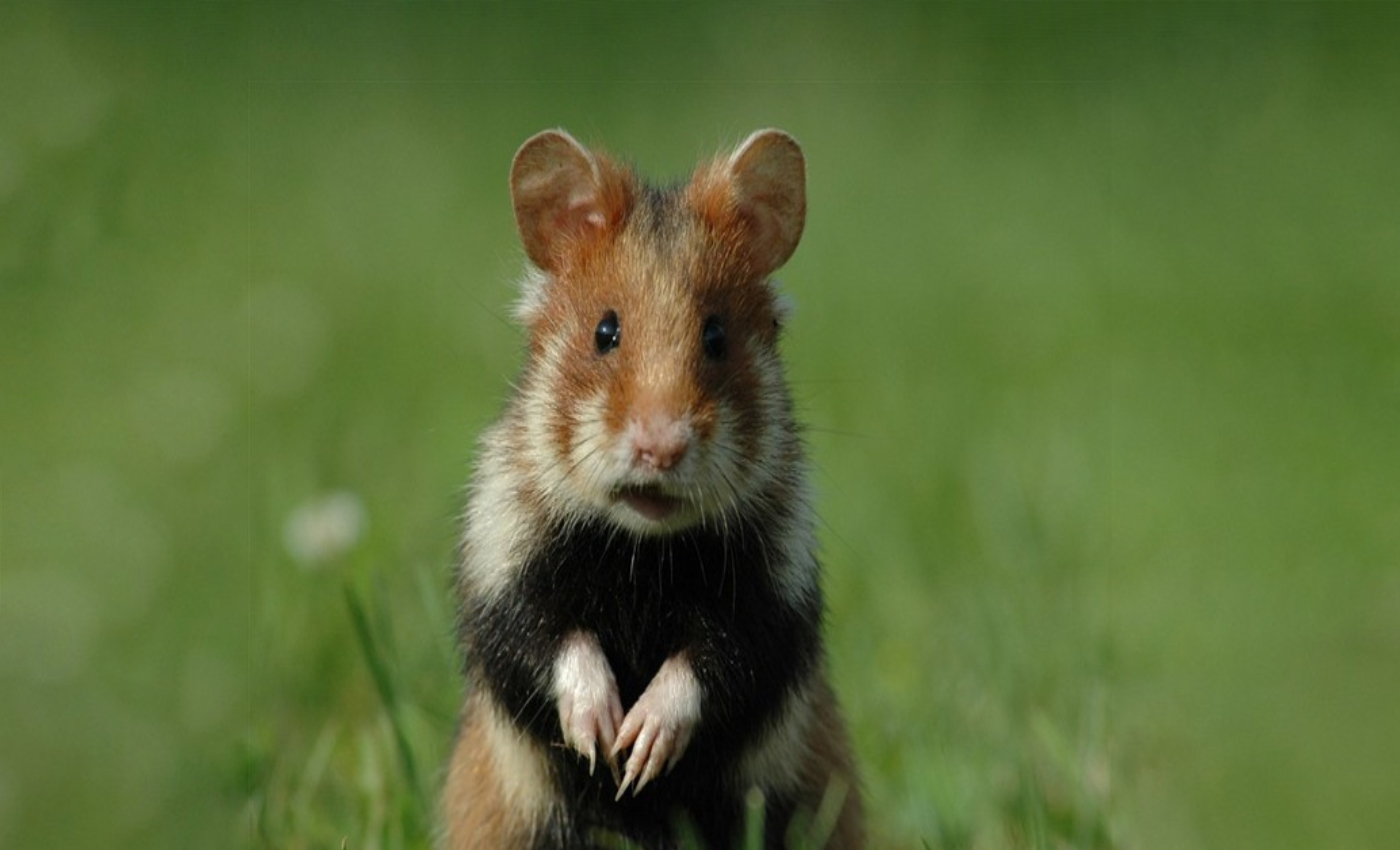Pre-Caucasian Hamster: Wild Species of the Caucasus Foothills

The Pre-Caucasian Hamster, scientifically known as the Hamster of Radde, is a captivating wild species native to the foothills of the Caucasus mountains. This comprehensive article delves into its physical characteristics, habitat, behavior, ecological role, conservation status, and frequently asked questions.
Physical Characteristics
Size and Appearance
The Pre-Caucasian Hamster is distinguished by its robust build, with adults typically measuring between 26 to 28 cm in length and weighing approximately 700 to 900 grams. Despite its larger size among hamster species, it retains a charmingly small, barely noticeable tail, measuring just 1 to 1.4 cm. Its fur is a striking combination of red and gray, with a silky texture that provides insulation against the cold climates of its mountainous habitat. A prominent charcoal-gray dorsal stripe runs along its back, complemented by a distinctive black collar-like marking under its neck.
Behavior and Habitat
Natural Behavior and Adaptations
Pre-Caucasian Hamsters are highly adapted to life in the rugged terrain of the Caucasus foothills. They are expert burrowers, constructing extensive underground networks that include multiple chambers and food caches. These burrows serve as shelters from predators and provide storage for their food reserves, which can reach up to an impressive 20 kg in preparation for the harsh winter months. Their burrowing behavior also helps aerate the soil and redistribute nutrients, contributing to the ecosystem’s health.
Ecological Role and Interaction with Humans
Agricultural Impact and Conservation Status
While essential to the ecosystem as seed dispersers and contributors to soil health, Pre-Caucasian Hamsters are also considered agricultural pests. Their foraging habits can lead to damage in agricultural fields and storage facilities, making them a concern for local farmers. Conservation efforts aim to balance their ecological role with sustainable agriculture practices and habitat conservation initiatives.
Reproduction and Life Cycle
Reproductive Strategies
Pre-Caucasian Hamsters exhibit variable reproductive patterns influenced by their environment. In the plains, females may produce up to four litters annually, whereas those in the mountainous regions typically have no more than two litters per year. Each litter can range from 4 to 20 pups, depending on factors such as food availability and habitat quality. This adaptive reproductive strategy ensures population resilience in their dynamic habitat.
Frequently Asked Questions (FAQs)
1. Can the Pre-Caucasian Hamster be kept as a pet?
No, the Pre-Caucasian Hamster is a wild species and is not suitable for domestication. Its specific habitat requirements and wild behavior make it unsuitable for captivity.
2. What is the diet of the Pre-Caucasian Hamster?
Pre-Caucasian Hamsters are omnivorous, consuming a diet primarily consisting of seeds, vegetation, and occasionally insects found within their natural habitat.
3. How long do Pre-Caucasian Hamsters live?
In the wild, their lifespan ranges from a few years, with factors such as predation and environmental conditions influencing their longevity.
4. Is the Pre-Caucasian Hamster endangered?
The conservation status of the Pre-Caucasian Hamster varies across its range, with localized threats such as habitat loss impacting certain populations. While not globally endangered, conservation efforts are critical to ensure their survival in the wild.
5. Do Pre-Caucasian Hamsters hibernate?
No, Pre-Caucasian Hamsters do not hibernate. They remain active throughout the year, adapting to seasonal changes in food availability and environmental conditions.
6. How many offspring do Pre-Caucasian Hamsters typically have?
Females can give birth to litters ranging from 4 to 20 pups, with litter size influenced by environmental factors and maternal health.
7. Can Pre-Caucasian Hamsters be found in captivity?
Due to their wild nature and specific habitat requirements, Pre-Caucasian Hamsters are not commonly kept in captivity or available for purchase.
Conclusion
The Pre-Caucasian Hamster, or Hamster of Radde, stands out as a remarkable species endemic to the Caucasus foothills. Its impressive size, unique fur coloration, and intricate behaviors underscore its importance within its natural ecosystem. While challenges such as agricultural conflicts and habitat loss pose threats to their survival, ongoing conservation efforts aim to safeguard their populations and habitats. Understanding the complexities of their natural history and ecological role is crucial for ensuring the long-term conservation of this captivating wild hamster species.
Post Comment